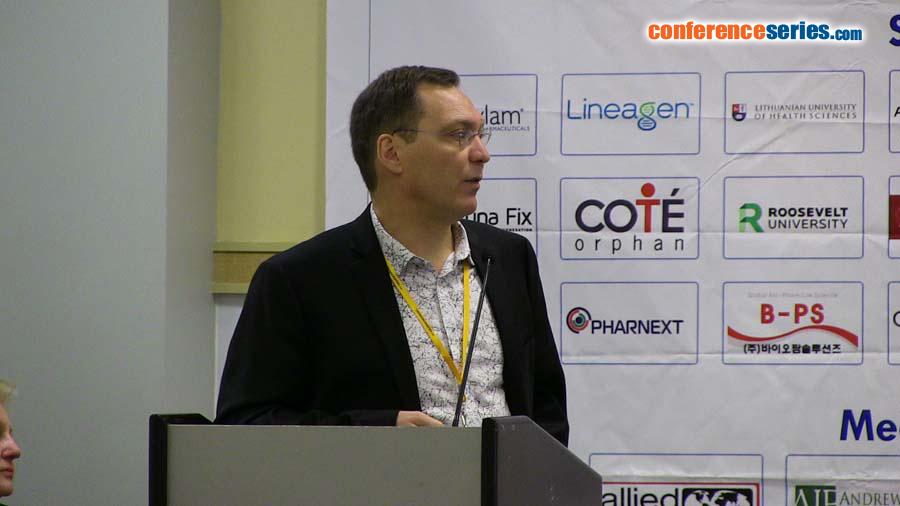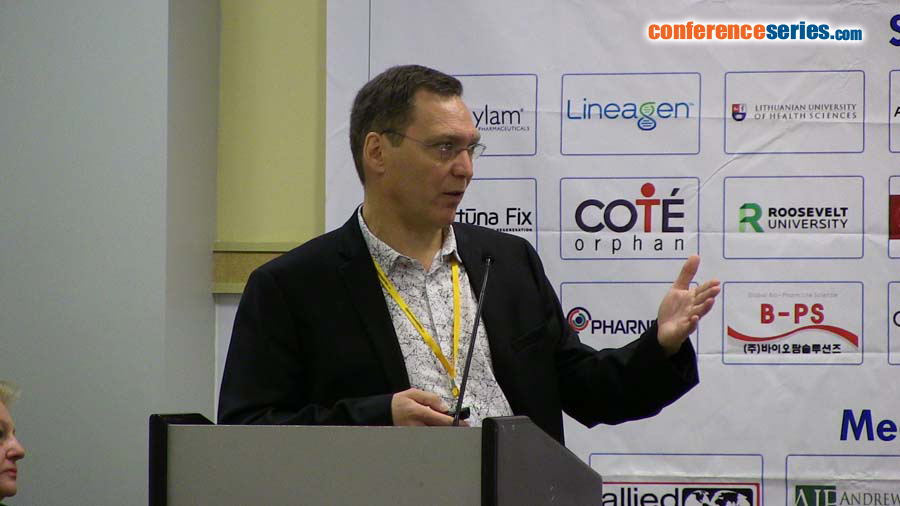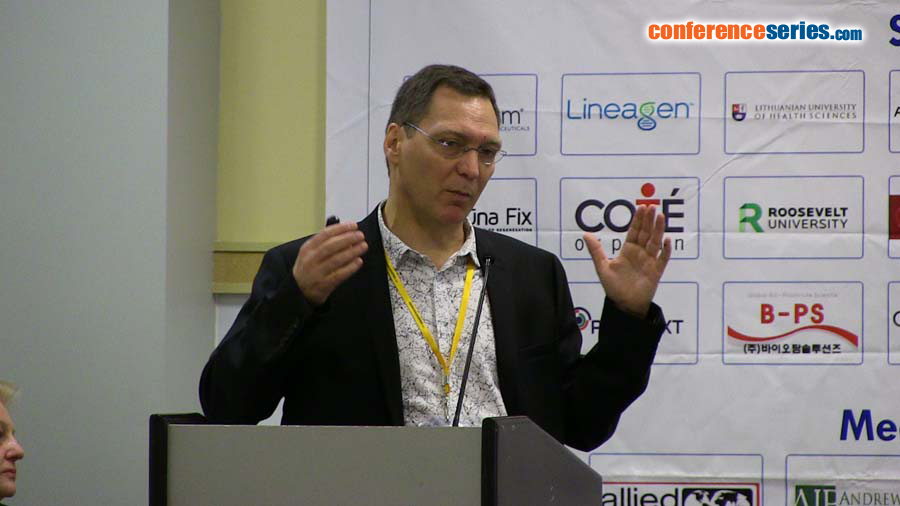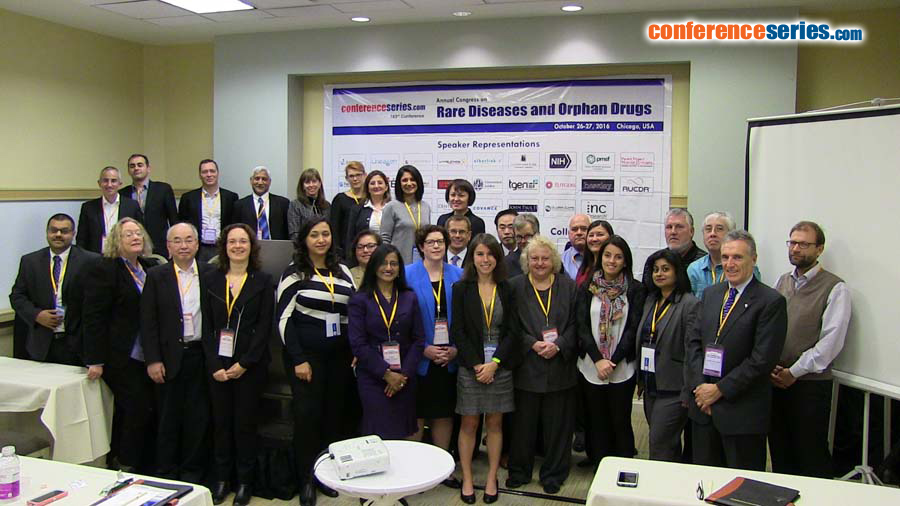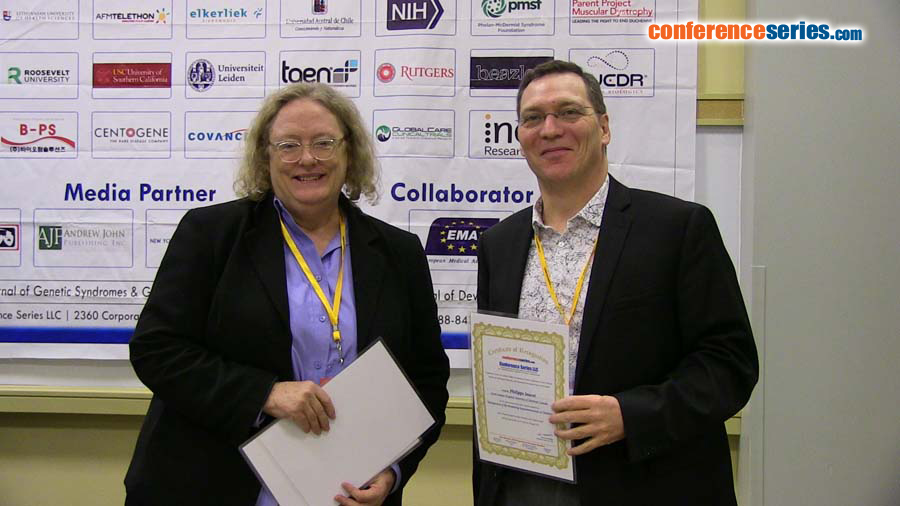
Philippe Jouvet
Sainte-Justine Hospital University of Montreal, Canada
Title: Management of life threatening hyperammonemia in Children
Biography
Biography: Philippe Jouvet
Abstract
Hyperammonemia is an acute life threatening situation encountered in the pediatric intensive care unit (PICU). Reduction in hepatocyte number or function in liver failure (LF) and inhibition or primary defect of urea cycle enzymes in inborn errors of metabolism (urea cycle defect UCD) are the main causes of hyperammonemia in children. Ammonia has been shown to affect brain function to modulate both excitatory and inhibitory neurotransmission and to contribute to cerebral edema. Ammonia direct neuronal toxicity coupled with an increase of cerebral blood flow can lead to cerebral edema. There are several demonstrations of a link between hyperammonemia and death or encephalopathy in either LF or UCD with threshold for risk of toxicity around 200-350 µmol/L. Targeting gut production of ammonia may be too slow and ineffective in lowering ammonia level and modulating its cerebral effects, in patients sufficiently ill to require PICU admission. The use of antibiotics remains controversial in the management of hepatic encephalopathy. Furthermore, there is no high-quality evidence to support the use of non-absorbable disaccharides. Ammonia scavengers are now widely used in patients with UCD and seem to improve outcome by efficient lowering of ammonia levels. The literature shows that few molecules have been tested in hyperammonemia. Possible treatment could include oral sodium benzoate, L-ornithine used in combination with L-aspartate, and phenylacetate, carglumic acid. When hyperammonemia is very high, an extracorporeal removal therapy is recommended. Recent advances in treating hyperammonemia suggest using synergistic combination treatments, broadening the indication of orphan drugs and developing novel approaches to regenerate functional liver tissue.


